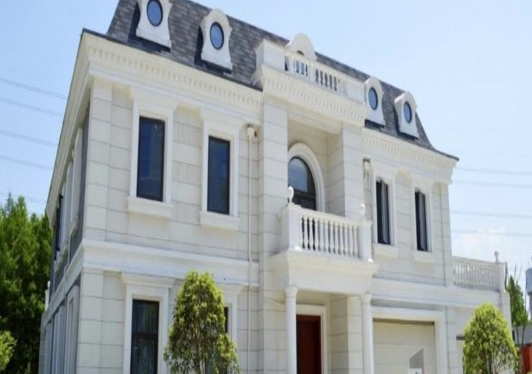Yingchuang 3D printing green architecture comes into our lives
“In the future, people can make custom houses with 3D printing.” said Ma Yihe, president of Yingchuang building technique (Shanghai) Co.,Ltd on the first 3D printing architecture international forum held in Zhangjiang.
As early as October 2013, the world's first 3D building printer was officially launched to print 10 3D printed buildings in Qingpu park, Shanghai zhangjiang national autonomous innovation normal zone.
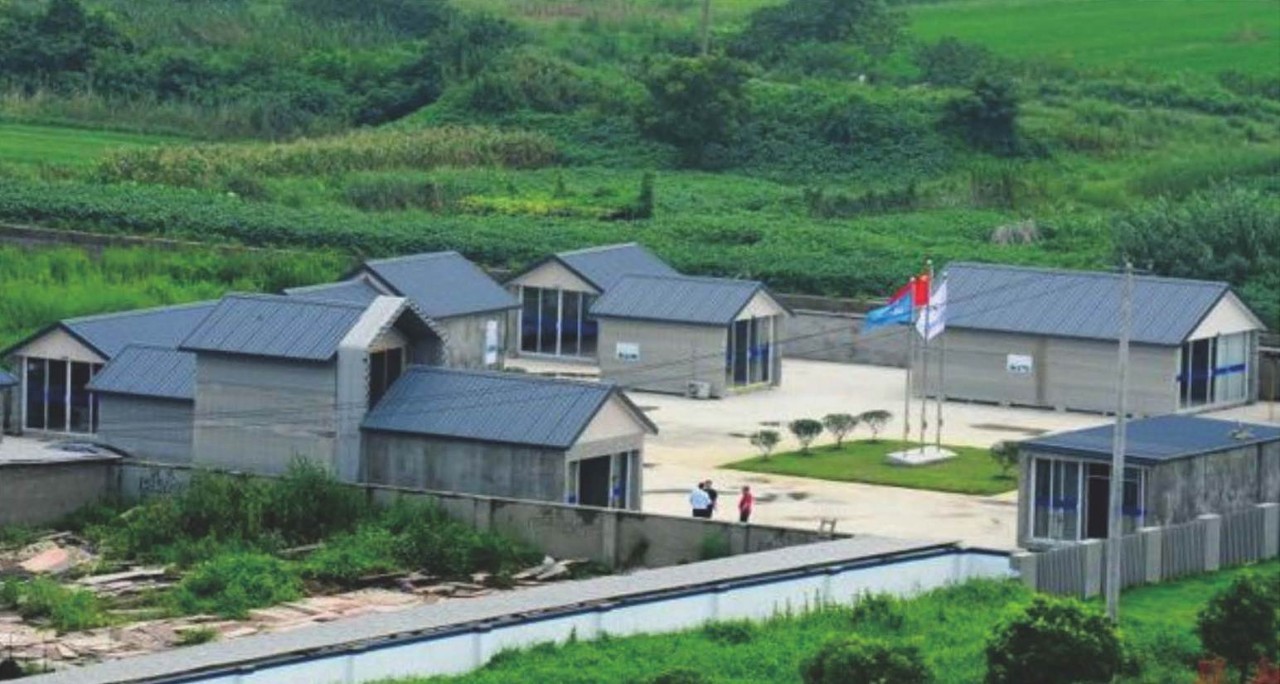
“ 3D printing architecture is printed by 3D printer as its name reveals. Materials made from modified cement mixed fiberglass form the 'ink' used by 3D printers. These 'inks' print the walls of the house from the bottom to the top, and then assemble it into a building. The process is similar to that of the cream cake. The printer 'print' is mainly the housing part, which is not included in the main body structure.” President Ma told the journalist.

Today, 3D-printed buildings have new commercial applications: 3D printing underground infrastructure, 3D printing steel structure residence, 3D printing Chinese architecture, 3D printing vertical green wall and the first world 3D printing building training meeting. Over the past year, the company has built a showroom of 3D printing abroad. The new technology has been adopted at the offices in Dubai and in the exhibition hall of the Milan expo. Yingchuang is also trying to "print" other buildings other than houses, such as urban sewage wells and septic tanks.

The effect of Dubai 3D printing office building
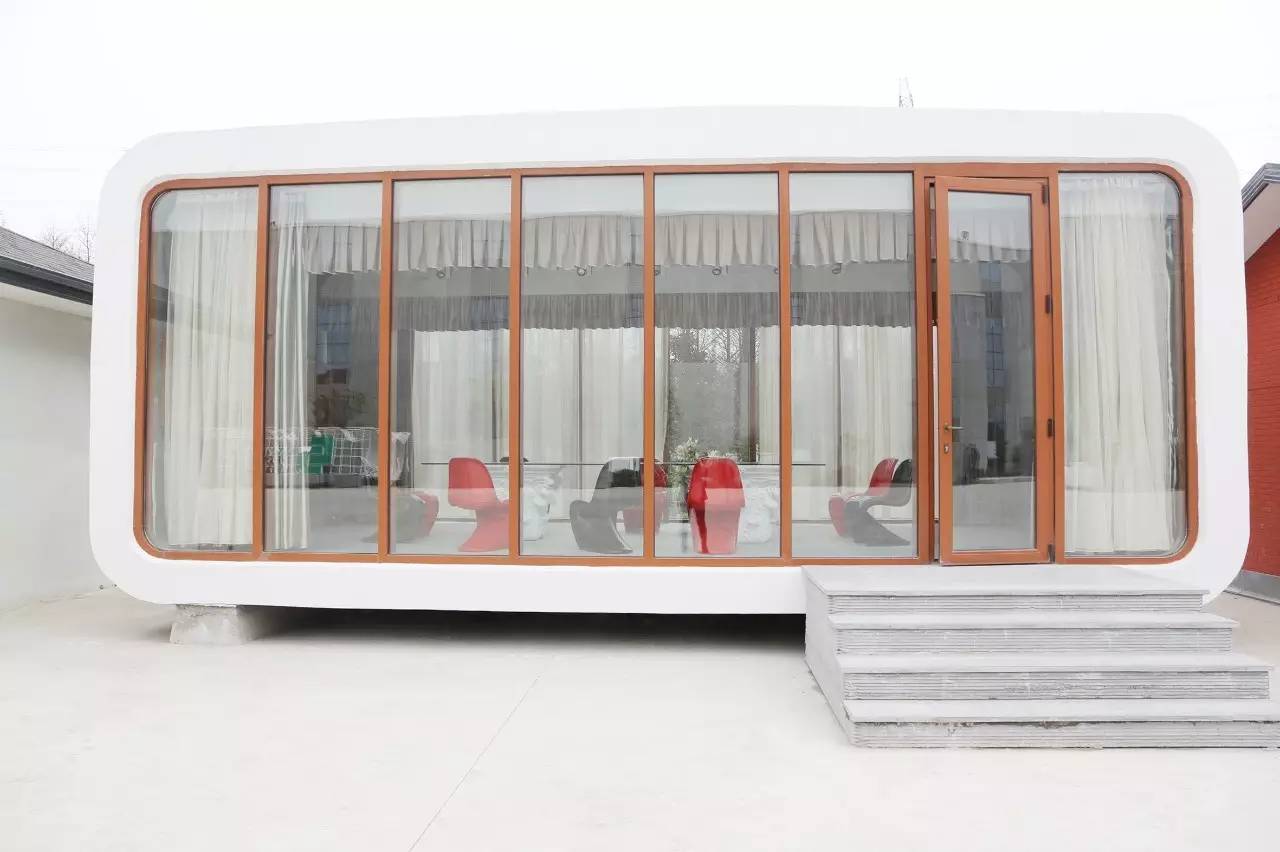
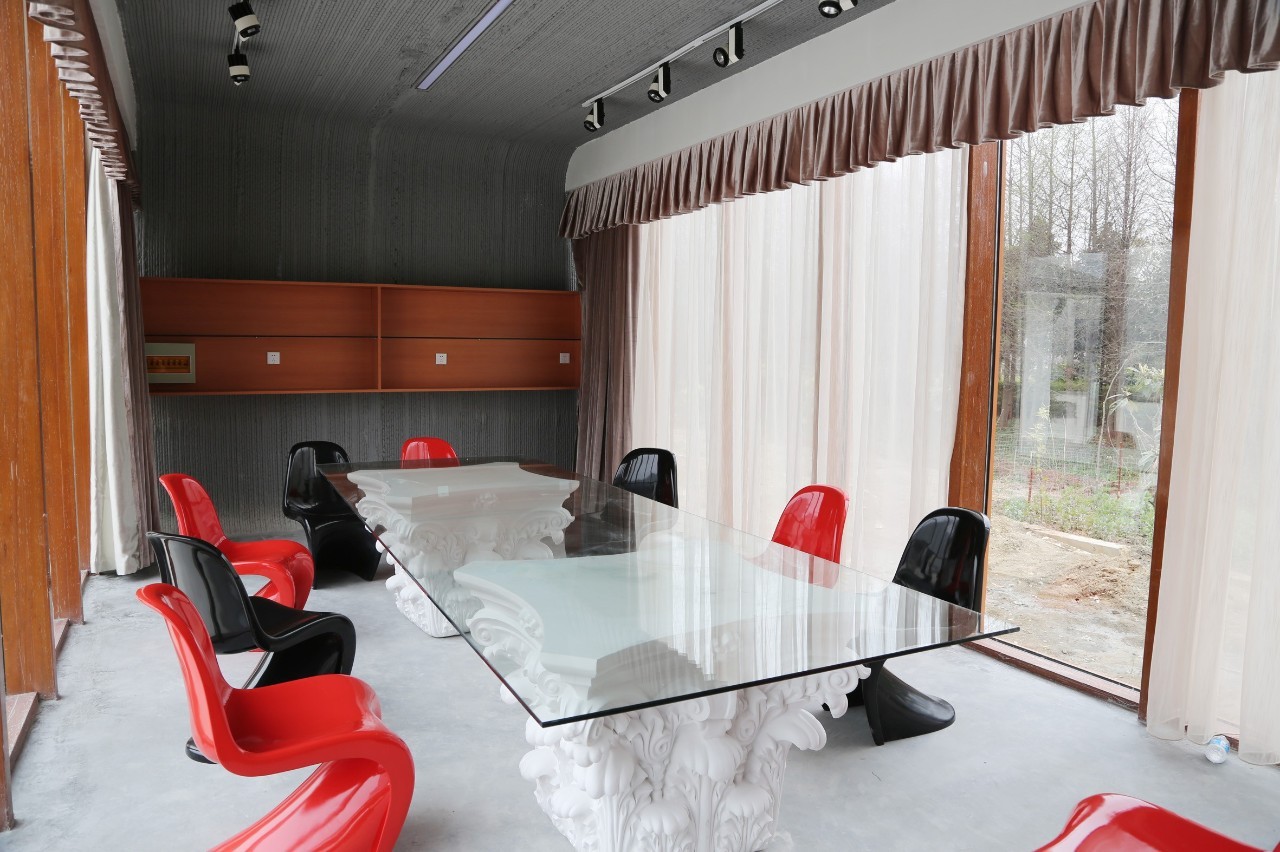
Real view of Dubai 3D printing office building
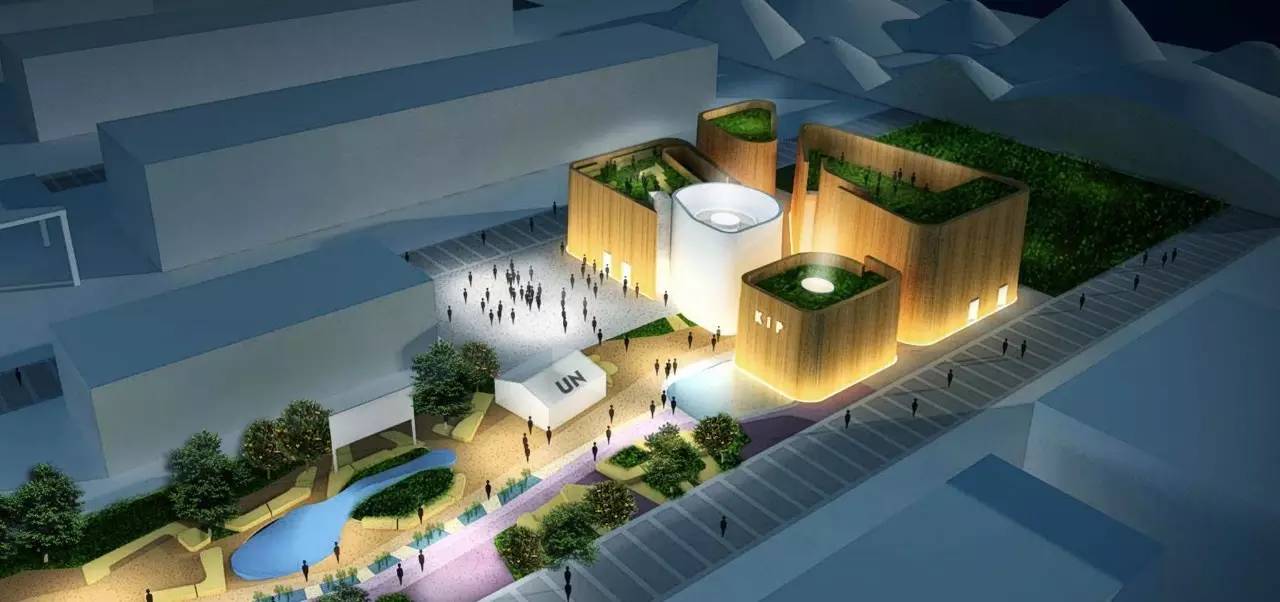
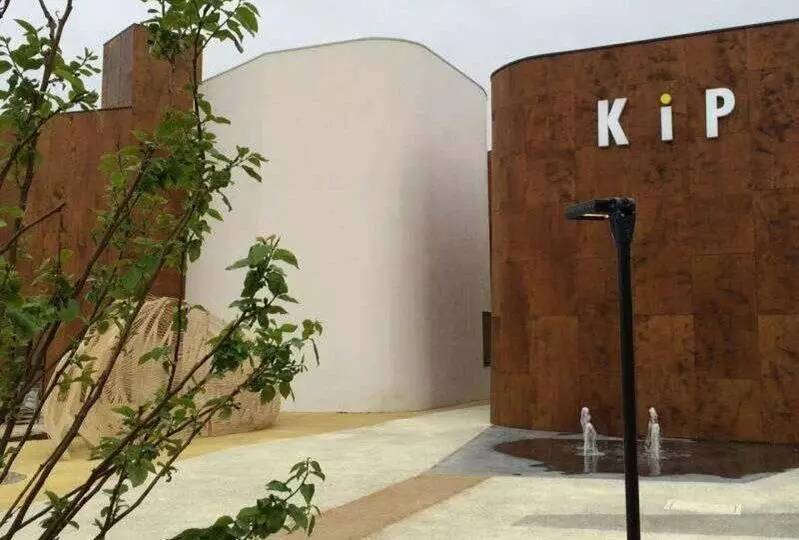
KIP pavilion at expo Milan
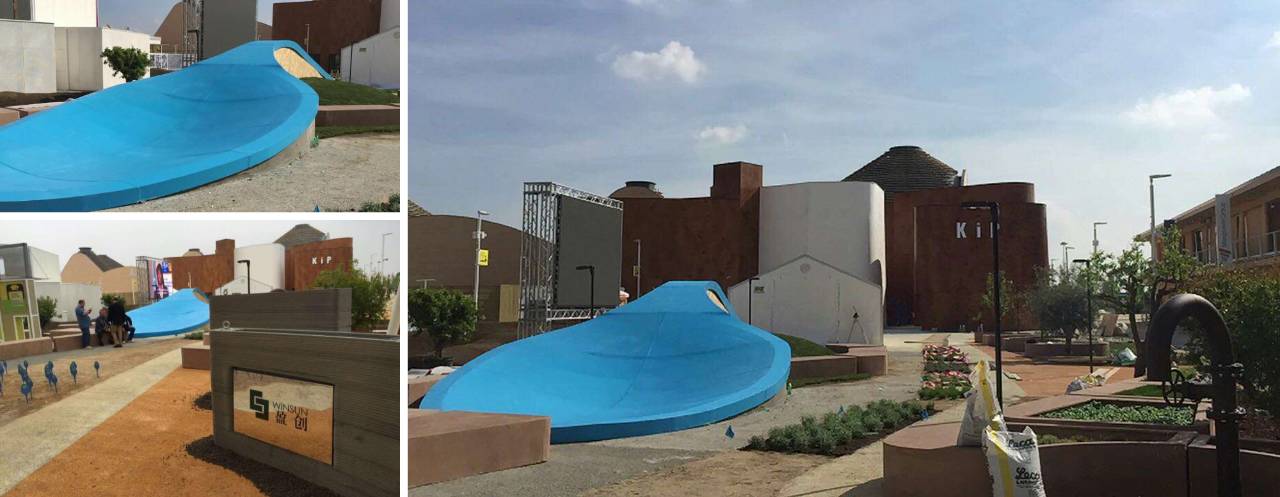
Milan world expo United Nations garden sculpture
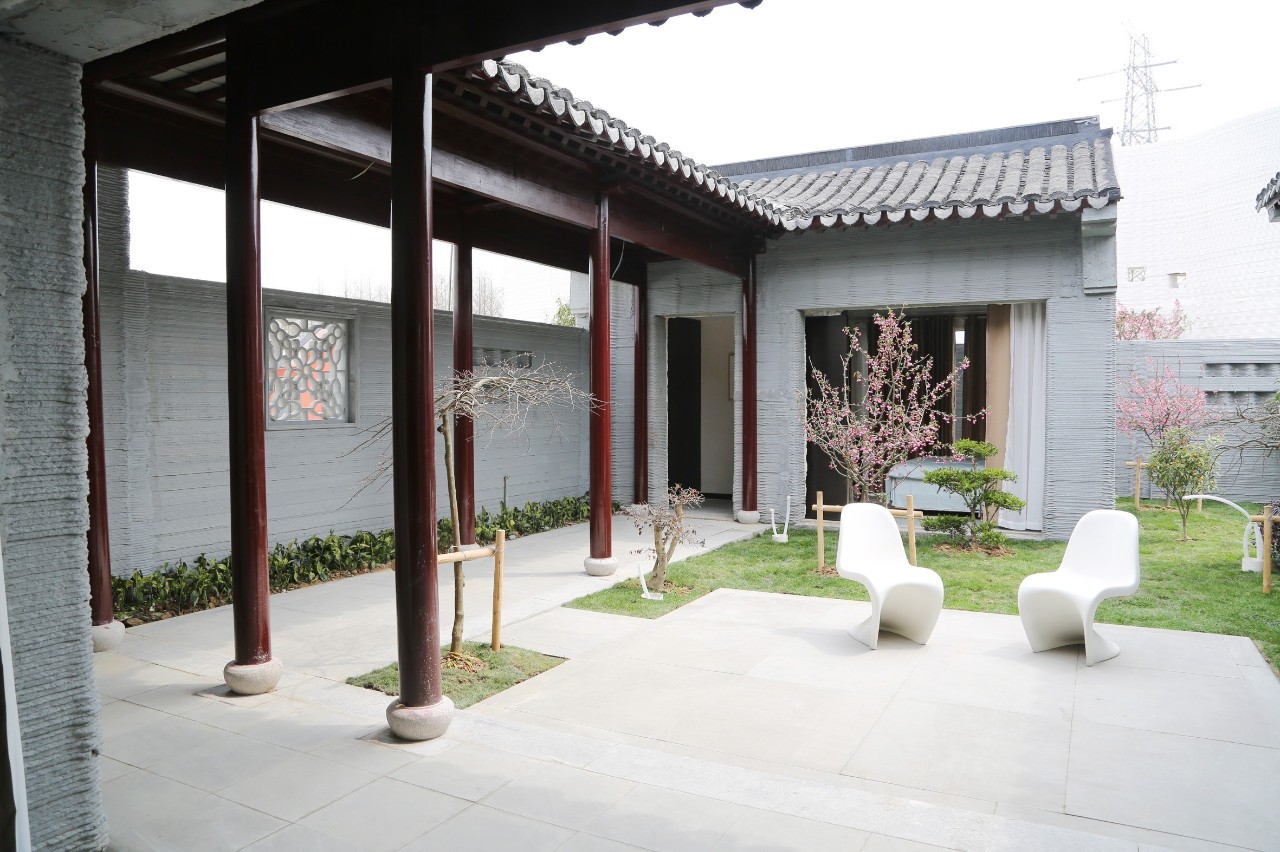


3D printing Chinese architecture
In the industry, 3D printing architecture is considered to integrate the process integration of all traditional buildings, which can be complicated to simplify, effectively improve building efficiency, shorten construction period, and save cost. However, the new technology is still mainly in the trial stage of the model room. Industry insiders told reporters that the key to the industrialization level is lack of standards.
There is no professional specification for 3D printing architecture, which can only refer to similar structure and exterior building standards when designing and constructing. The consensus of the industry is that the implementation of the corresponding regulations will make the future of the technology widely available.





